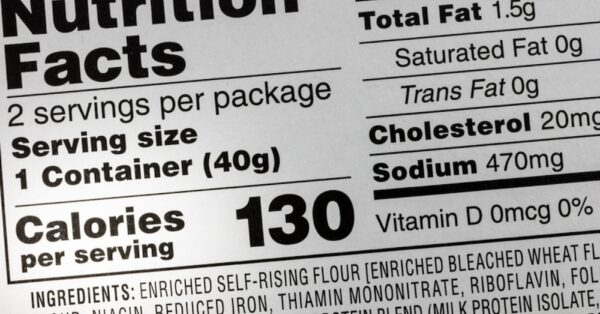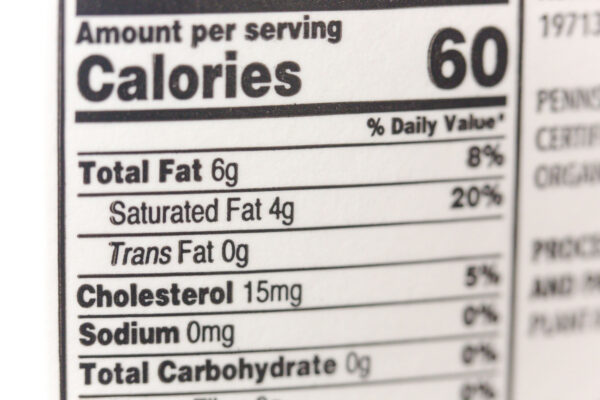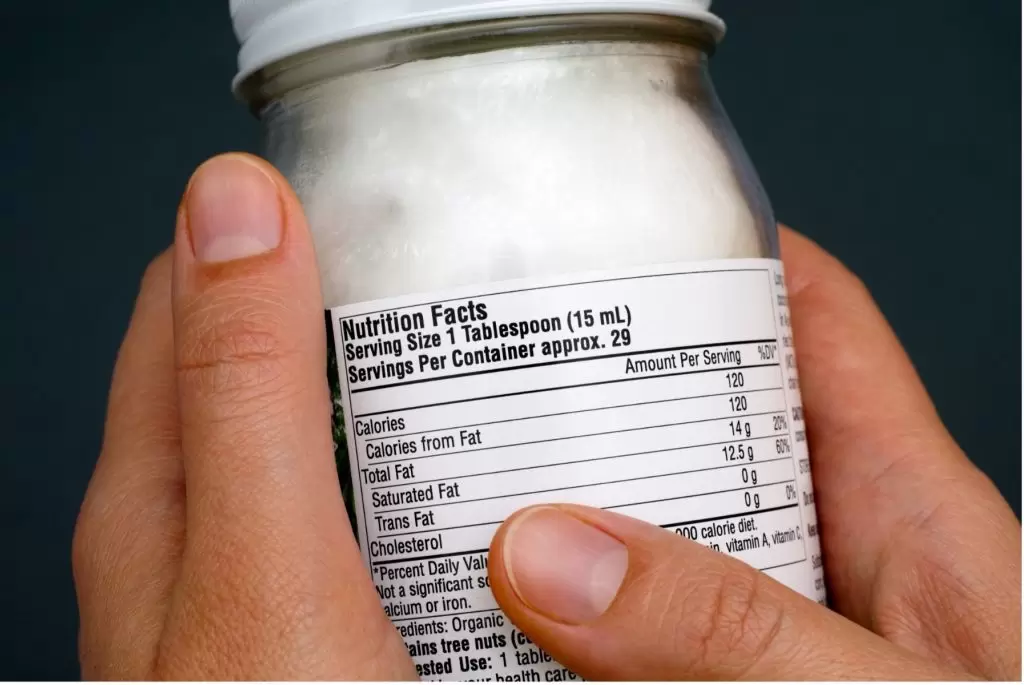Trendy Lifestyle Hacks
Making Healthy Food Choices: How To Read the Nutrition Facts Label
Navigating the grocery aisles can be overwhelming, especially when trying to make healthier food and drink choices. Understanding nutrition labels is key to making informed decisions, but they can sometimes seem like a foreign language.
“Selecting healthier foods and beverages is crucial for lowering your risk of conditions such as high blood pressure, heart disease, type 2 diabetes, and osteoporosis,” explains family physician Dr. Rob Danoff. “Mastering the art of reading a nutrition label is an essential skill.”
Let’s break down the nutrition label with Dr. Danoff’s guidance to help you understand how to make better choices.
1. Serving Size

The serving size is the cornerstone of any nutrition label, specifying both the amount per serving and the total number of servings per container. All nutritional details, including calories and nutrients, are based on this single serving, so it’s essential to adjust your calculations according to the actual quantity you consume.
Dr. Danoff explains, “Imagine the label represents a can of soup. If the soup contains four servings and you consume the entire can, you must multiply the calories and nutrients by four to understand your total intake. Knowing these figures helps you make informed decisions about portion sizes and nutritional content.”
2. Calories

Calories represent the energy you gain from a serving of food or drink. For instance, if a can of soup lists 280 calories per serving and contains four servings, the entire can totals 1,120 calories.
Dr. Danoff notes, “Maintaining a balance between the calories you consume and the calories your body uses is crucial for managing a healthy weight. While individual calorie needs can vary based on factors like age, activity level, and metabolism, the FDA’s general recommendations are 2,000 calories per day for women and 2,500 calories per day for men.”
3. Nutrients to Focus On
Nutrition labels are crucial for tailoring your diet to meet your specific needs. Focus on consuming foods rich in dietary fiber, vitamin D, calcium, iron, and potassium—nutrients often missing in standard American diets. These essential nutrients can enhance digestion, stabilize blood sugar levels, and bolster bone health.
Conversely, be cautious of excessive saturated fat, sodium, and added sugars. Dr. Danoff warns, “We’re often overwhelmed by excessive sodium in packaged foods, which can lead to hypertension and kidney damage. For instance, that can of soup contains 148% of our daily sodium limit.”
Added sugars are also prevalent in many processed foods. “To gauge the added sugar content, divide the grams of sugar by four to convert to teaspoons,” advises Dr. Danoff. “For example, a single bottle of sweetened iced tea can contain nearly six extra teaspoons of sugar!”
4. The Percent Daily Value (%DV)
The percent daily value (%DV) on the nutrition label indicates how a serving contributes to your overall daily nutritional needs. This information helps you focus on foods rich in beneficial nutrients and avoid those you should consume in moderation.
As a rule of thumb, a %DV of 5% or less is considered low, while 20% or more is considered high. Use this guideline to evaluate the nutritional value of the food.
Aim to choose foods that are:
- Lower in %DV for saturated fat, cholesterol, sodium, and added sugars.
- Higher in %DV for dietary fiber, vitamin D, calcium, iron, and potassium.
Making Informed Choices
Mastering the art of reading nutrition labels enables you to make well-informed dietary decisions. “Nutrition significantly affects our overall health,” explains Dr. Danoff. “Think of the foods we eat as medicine for our bodies. Opting for healthier foods and beverages means choosing better ‘food medicine.’ By making conscious dietary choices, you’re not only embracing a healthier lifestyle but also boosting your energy levels to engage more fully in life.”


